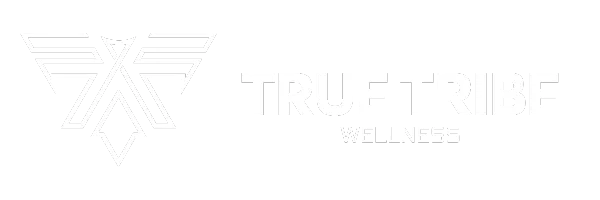OUR RECENT POSTS

HIIT vs. Steady-State Cardio: Which is Best for Your Fitness Goals?
When it comes to cardio workouts, there are two main contenders: High-Intensity Interval Training (HIIT) and steady-state cardio. Both have their merits, and selecting the right one depends on individual fitness goals and preferences.
Understanding HIIT and Steady-State Cardio
HIIT: High-Intensity Interval Training involves short bursts of intense exercise followed by periods of rest or low-intensity activity. A typical HIIT session might include 30 seconds of sprinting followed by 60 seconds of walking, repeated several times. These workouts are known for their efficiency, often lasting 20-30 minutes while still providing significant benefits.
Steady-State Cardio: Steady-state cardio, on the other hand, involves maintaining a consistent, moderate level of intensity over a longer duration. Examples include jogging, cycling, or swimming at a steady pace for 45 minutes to an hour. This method is well-suited for those who enjoy longer, less intense sessions.
Benefits and Drawbacks
HIIT Benefits:
Time Efficiency: HIIT workouts are shorter but highly effective, making them ideal for those with busy schedules.
Increased Metabolism: The intensity of HIIT boosts metabolism and keeps it elevated even after the workout ends, aiding in fat loss.
Cardiovascular Health: HIIT improves heart health by pushing the cardiovascular system to adapt to varying intensities.
Muscle Retention: The high-intensity nature helps maintain muscle mass while burning fat.
HIIT Drawbacks:
Intensity Level: The high intensity can be daunting for beginners and may lead to a higher risk of injury if not performed correctly.
Recovery Time: HIIT requires adequate recovery time due to its demanding nature, which might limit frequency.
Steady-State Cardio Benefits:
Endurance Building: Prolonged, moderate-intensity sessions are excellent for improving aerobic endurance.
Low Risk of Injury: The lower intensity reduces the risk of injuries and is easier on the joints.
Mental Relaxation: The repetitive nature can be meditative and stress-relieving for many individuals.
Accessibility: Suitable for all fitness levels and can be performed without needing extensive preparation or equipment.
Steady-State Cardio Drawbacks:
Time Commitment: Longer sessions are required to achieve similar calorie burn compared to HIIT.
Plateau Effect: The body may adapt over time, reducing the effectiveness of the workout unless intensity or duration is increased.
Less Muscle Engagement: It primarily targets cardiovascular fitness, with less emphasis on muscle strength.
Which Is Best for Your Fitness Goals?
For Fat Loss: HIIT is generally more effective due to its ability to boost metabolism and continue burning calories post-exercise. However, combining both methods can prevent plateaus and keep the body challenged.
For Endurance: Steady-state cardio excels in building aerobic capacity and endurance. Longer sessions train the body to sustain activity over extended periods, which is essential for endurance sports and activities.
For Cardiovascular Health: Both HIIT and steady-state cardio offer significant cardiovascular benefits. HIIT may provide a more substantial improvement in a shorter time, while steady-state cardio supports heart health through consistent, moderate effort.
For Muscle Retention: HIIT is better at preserving muscle mass while promoting fat loss due to its intensity and the nature of the exercises involved.
Finding the Right Balance
For most individuals, a blend of both HIIT and steady-state cardio can provide a well-rounded fitness regimen. Incorporating HIIT sessions a few times a week can enhance fat loss and muscle retention, while steady-state cardio can be utilized on alternate days to build endurance and promote active recovery.
When embarking on any fitness regimen, it's crucial to listen to the body and adjust workouts accordingly. Consulting with a fitness professional can also help tailor a program to meet specific needs and goals.
For those seeking expert guidance and personalized training programs, exploring resources like Muscle Engineering can be immensely beneficial. Their expertise in fitness and tailored approach can help maximize results and ensure a balanced approach to achieving fitness goals.
Choosing between HIIT and steady-state cardio doesn't have to be an either-or decision. Understanding the benefits and how they align with personal fitness goals can lead to a more effective and enjoyable exercise routine.
One or more of the links above are affiliate links, meaning, at no additional cost to you, we will earn a slight commission if you click through and make a purchase. Each of these products is chosen by a trusted member of our team.
Email: partnerships@truetribewellness.com
Social Media: @TrueTribeWellness

